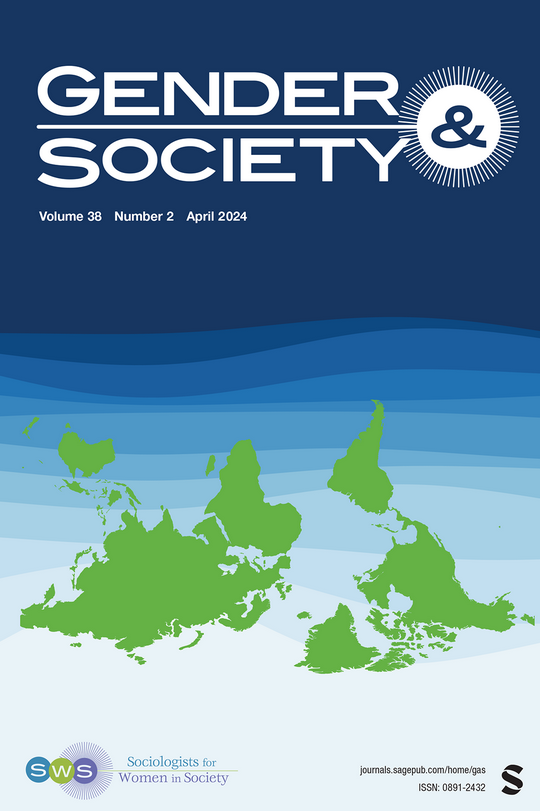What Biological Stories are Americans Telling About the Egg and the Sperm? A Study Inspired by Emily Martin 30 Years Later
IF 7.2
1区 社会学
Q1 SOCIOLOGY
引用次数: 0
Abstract
Emily Martin’s landmark article— “The Egg and the Sperm” —demonstrated that cultural beliefs about masculinity and femininity led scientists to construct a “fairy tale” romance between active sperm and passive eggs, a biological metaphor that influenced the process of research in scientific labs and descriptions of fertilization in textbooks. In the decades since, there have been significant shifts in cultural beliefs about sex, gender, and sexuality, including challenges to the conceptualization of sex as a binary category, growing social acceptance of a wide variety of gender identities and sexualities, and an increasing proportion of people who subscribe to gender-egalitarian views. While Martin’s focus was on the scientists producing knowledge, here I pivot to individuals recruited from the general public in a northeastern American city, using a sociology of culture approach to ask whether shifting beliefs about gender and sexuality are associated with different biological metaphors about fertilization. Through qualitative interviews (N = 47), I find that the traditional metaphor of active sperm penetrating passive egg is still commonly used, but that another metaphor is also circulating, one that positions gametes as more similar than different, as two halves of a whole. I conclude by discussing the implications for debates about the relationship between biological stories and social beliefs.关于卵子和精子,美国人讲了哪些生物学故事?艾米丽·马丁30年后启发的一项研究
艾米丽·马丁的里程碑式文章《卵子与精子》表明,关于男性气质和女性气质的文化信仰促使科学家在主动精子和被动卵子之间构建了一个“童话般”的浪漫故事,这是一个生物学隐喻,影响了科学实验室的研究过程和教科书中对受精的描述。自那以来的几十年里,关于性、性别和性的文化信仰发生了重大转变,包括将性概念化为二元范畴的挑战,社会对各种性别身份和性取向的接受度不断提高,以及越来越多的人认同性别平等观。虽然马丁的重点是创造知识的科学家,但在这里,我转向了从美国东北部一个城市的普通公众中招募的个人,使用文化社会学的方法来询问关于性别和性的信念的转变是否与关于受精的不同生物学隐喻有关。通过定性访谈(N=47),我发现主动精子穿透被动卵子的传统隐喻仍然普遍使用,但另一种隐喻也在流传,这种隐喻将配子定位为更相似而非不同,作为一个整体的两半。最后,我讨论了关于生物故事和社会信仰之间关系的辩论的含义。
本文章由计算机程序翻译,如有差异,请以英文原文为准。
求助全文
约1分钟内获得全文
求助全文
来源期刊

Gender & Society
Multiple-
CiteScore
9.70
自引率
3.60%
发文量
78
期刊介绍:
Gender & Society promotes feminist scholarship and the social scientific study of gender. Gender & Society publishes theoretically engaged and methodologically rigorous articles that make original contributions to gender theory. The journal takes a multidisciplinary, intersectional, and global approach to gender analyses.
 求助内容:
求助内容: 应助结果提醒方式:
应助结果提醒方式:


